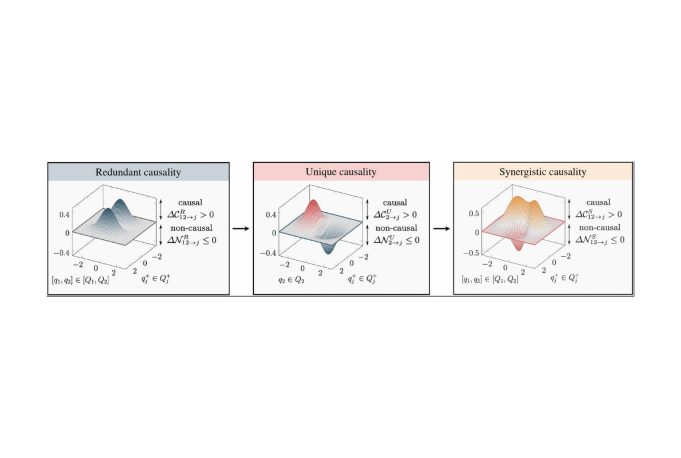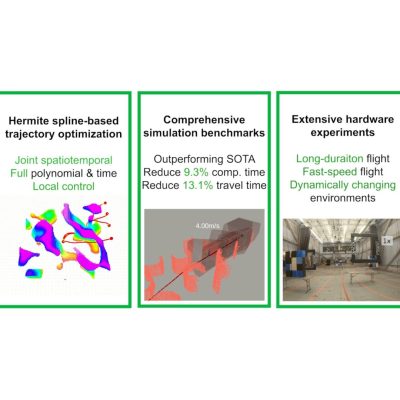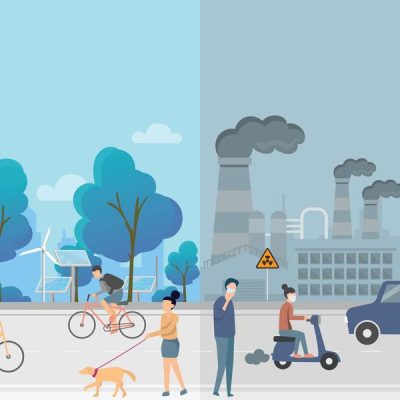
Observational causality by states and interaction type for scientific discovery
Researchers Alvaro Martinez-Sanchez and Adrian Lozano-Duran developed a new way to uncover “who is causing what” in real-world systems like the atmosphere or turbulent flows. Unlike most existing tools that give just one averaged answer, the new approach shows how cause–effect relationships change with the state of the system, and whether different factors matter on their own or only when they act together.
Authors: Alvaro Martinez-Sanchez and Adrian Lozano-Duran
Citation: Nature Communications Physics, November 2025
Abstract:
Causality plays a central role in understanding interactions between variables in complex systems. These systems often exhibit state-dependent causal relationships, where both the strength and direction of causality vary with the value of the interacting variables. In this work, we introduce a state-aware causal inference method that quantifies causality in terms of information gain about future states. The effectiveness of the proposed approach stems from two key features: its ability to characterize causal influence as a function of system state, and its capacity to distinguish between redundant and synergistic interactions. The method is validated across a range of benchmark cases in which the direction and strength of causality evolve in a prescribed manner with the state of the system. We further demonstrate the applicability of our approach in two real scenarios: the interaction between motions across scales in a turbulent boundary layer, and the Walker circulation phenomenon in tropical Pacific climate dynamics. Our results show that, without accounting for state-dependent causality as well as redundant and synergistic effects, traditional approaches to causal inference may lead to incomplete or misleading conclusions.

